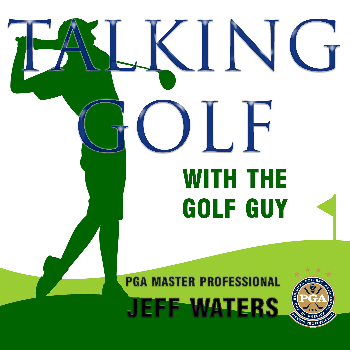The History of Golf in Utah-In the Beginning, the Birth of Golf
The practice of hitting, swatting, or slapping an object with a stick is as old as recorded history. Bored from tending their herds of sheep and goats, shepherd boys of nomadic Arab tribes would knock pebbles from tree to bush to pass the time as they watched and guarded their flocks.
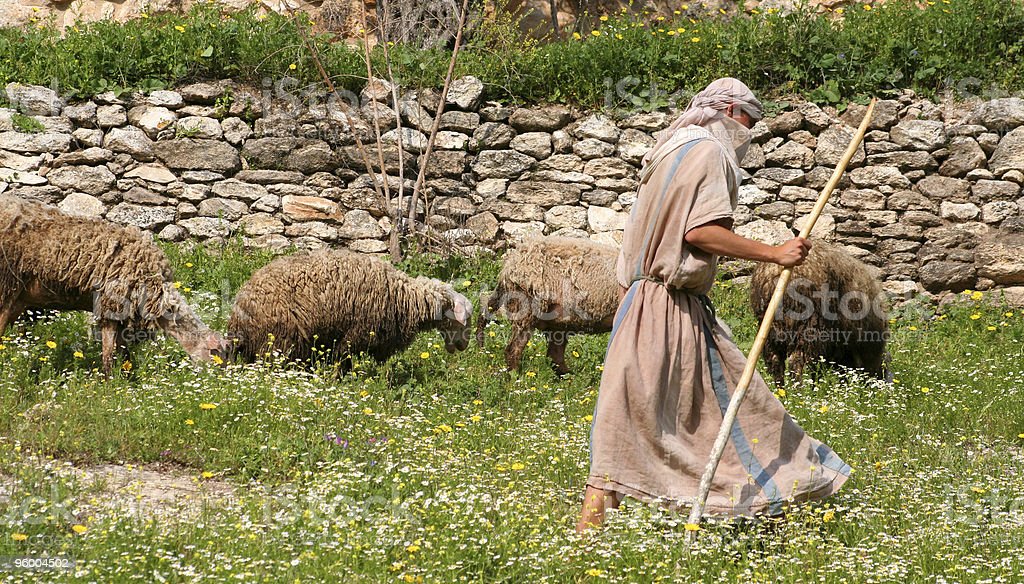
Soldiers of the Roman Legions participated in a related game, hitting molded balls of wood back and forth with sticks called Paganicva.
Peasants in ancient Chinese dynasties engaged in a similar game called Chuiwan.
And Dutch ice skaters would whack leather bags filled with hair towards targets dubbed Kolvenon or Kolf on northern Holland’s frozen rivers and streams while skating to and from their homes, schools, and shops.
Diverse countries and cultures worldwide developed comparable games that have endured and evolved throughout the eras, e.g., Baseball, Hockey, Tennis, Cricket, etc. The list is endless, and different countries and regions all claim titles to their unique origins.
But there is little question or debate that the game, known by a mixture of names, Gowf, Goff, Golve, and finally Golf, as presently defined with all its distinctive characteristics, i.e., hitting a ball into a hole in the ground over tracts of Linksland, originated in Scotland.
The reasons for this are numerous, diverse, and interrelated. And all accrued in the first few centuries of Golf’s early stages while debuting the historical expansion of Golf as one of the most popular participation sports in the world.
The initially recorded mentions of the Golf first appeared in 1457 by an act of the Scottish Parliament banning playing the game as it distracted from military training. In the Royal Acts of 1471 and 1491, Golf was proclaimed an “unprofitable sport” and a “game that lacked morals” In 1592, the Town Council of Edinburgh prohibited the game’s participation on Sundays.
Despite these early machinations, designs, and scheming against the sport, it soon became an activity with broad public interest and appeal all over the British Empire as it expanded rapidly throughout the colonies. Spread by soldiers, artisans, diplomats, and expatriates, the game quickly grew but retained its basic iterations, customs, and conventions.
Three things were essential to developing this immersion into the sport; Acceptance, Access, and Means.
As we shall identify, these collective dynamics combined, merged, and blended with coinciding societal contributions that steadily established Golf’s provincial popularity, reception, and public participation.
And the only place in the emerging developing world that afforded those dynamics and conditions with the capability to grow, progress, and flourish were Ireland’s coastal regions and the Northern British islands of Scotland and Wales that fronted the North sea.
As the harsh and disagreeable world of the middle-middle ages humanely emerged from the plagued tormented feudalism that formalized this era of human development, the modernization, standardization, and stabilization of the developing modern game slowly materialized from the embryo of its fledgling birth.
The first column of support for widespread public participation was access to a suitable expanse of ground for a golf course. There had to be a place to play.
Fittingly, the sprawling fjords, estuaries, firths, inlets, and bays along the undeveloped coastlines of the Northern British Islands offer a surplus of Linksland useless for any commercial purpose.
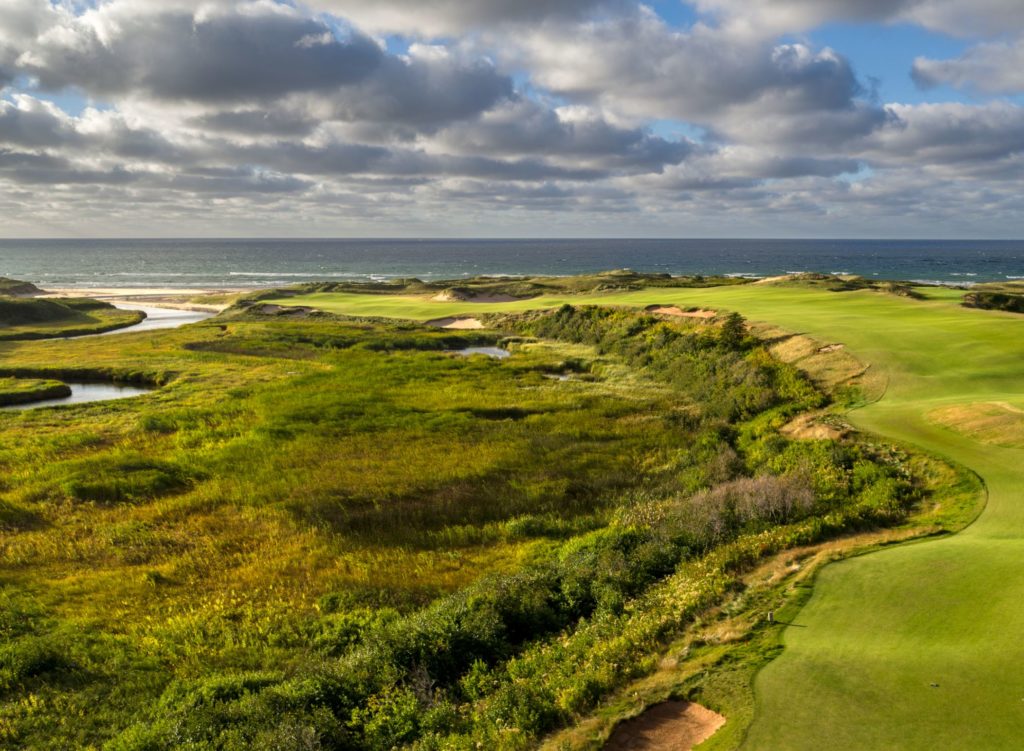
Linksland, shaped and molded by the relentless elements of Mother Nature’s determined forces of wind, rain, sleet, heat, and frost, is the boundary strip of uninhabitable and sandy terrain, unacceptable for agricultural purposes, positioned between the swelling seas and windswept dunes assembled along the coast.
The sandy soil, usually devoid of trees and arable plant life, invites a hard scrapple salt grass to proliferate, needing little maintenance or irrigation, providing a firm, bounding, and undulating surface suited for low running shots kept under the wind.
Early links courses’ narrowness and shifting topography necessitated an outward series of holes along the coast and an inward string of returning holes, requiring players to navigate different wind patterns and hazards, contributing to the development of the first tangible skills necessary for links-style Golf.
As the game became more common and Linksland more accessible, acceptance and approval were the next pillars encouraging widespread public support and participation in the sport.
And it came from an unexpected source.
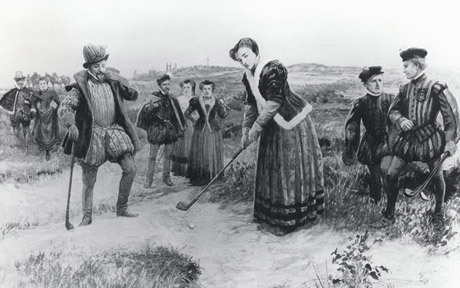
Even though King James II outlawed the game of Golf in 1457, people consistently disregarded the ruling. More and more people of wealth, prominence, and standing, including royal families, took up the game. In 1502, King Charles IV of Scotland became the first Golfing monarch, along with Mary Queen of Scots, giving the sport of Golf the royal seal of approval.
Golf clubs became established; the oldest, Musselburgh Links, has been in play since 1672. Other clubs soon followed; Bruntsfield and Leith Links, Montrose, North Berwick, Carnoustie, Prestwick, among others, and the granddaddy of them all, The Old Course at Saint Andrews, all concentrated around Edinburgh, Scotland’s capital city, positioned adjacent to Ford’s Firth’s southern shore which came to be known as Golfer’s Land, on the fields of Edinburgh.
Golf was now a game accessible to all who wished to play, rich or poor, prince or peasant, farmer or artisan, and soon became Scotland’s national sport.
But for the game of Golf to develop further as more than a pastime or hobby, it needed structure, rules, and competition among the newly formed clubs and associations.That happened in 1744 when the game of Golf became the sport of Golf.
The Gentlemen Golfers of Leith, The Honourable Company of Edinburgh Golfers, The Thistle Golf Club, and The St Andrews Society of Golfers formed the first official golf clubs in Scotland.

They produced, collectively, the original thirteen rules governing annual matches between the clubs. These first instructions, known as “The Articles and Laws in Playing at Golf.” formed the basis of everything that followed and are still accepted today, with only minor changes made through the decades, becoming standardized for conducting and playing the game throughout the world.
After the game’s rules were established, other innovations quickly proceeded: equipment, clothing, and, most notably, the golf ball.
So, which came first, Golf Clubs or Golf Balls?
As we have outlined, the origins of stick and ballgames stretch back to antiquity. However, most of these games more closely resemble hockey in nature, swatting an object towards a target or goal rather than a hole in the ground.
On the other hand, Golf most assuredly is a ball-driven game. At its very basic, the sole purpose is you have to get the ball in the hole. The Thistle Golf Club History indicates that there were only five golf balls for Golf’s first four hundred years; the Wood, Hairy, Feathery, Gutta, and the Haskell.
These improvements in the ball further enhanced the game and added to its progress, expansion, and development, and each played an essential role in Golf’s evolution and advancement.
Wooden ball The use of wooden balls for Golf on Scottish Links is one of conjecture rather than fact. Early mentions of wooden balls most likely referred to imported hockey-like games from other countries rather than Golf games. It is more likely golfers used stuffed balls of leather rather than wood.
The Hairy Roman soldiers used a leather ball filled with hair, called harpastum. However, there is no recorded connection to the Scottish game that later evolved, and the ball was probably imported from Holland and used on ice.
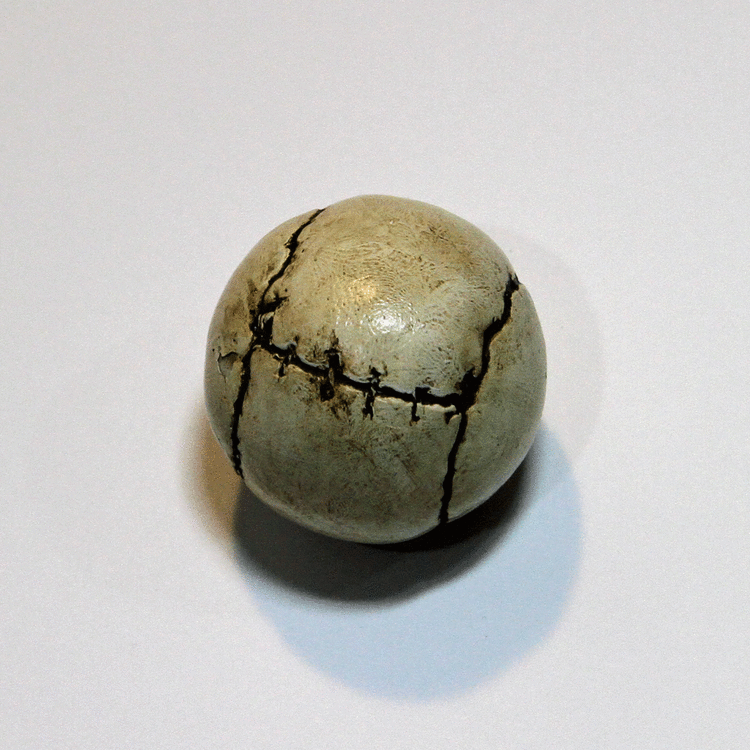
The Feathery is the most famous early golf ball and was the standard in play since the early 17th century. Wet goose feathers were stuffed into a cowhide or horsehide shell, sewn up, then soaked in water, which expanded the goose feathers, hardened, and compacted the ball into a round sphere with surprisingly consistent flight characteristics and used exclusively for almost 200 years.
There were problems with the feathery. It was time-consuming and expensive to make; even the most skilled producers could make only a few each day. Plus, they cut easily, and the game was over if you lost your ball.
The Gutta Percha The dawning of the industrial age in Great Britain in 1760 and its spread throughout the developed world was amplified by replacing hand tools with power-driven technologies.
The industrialism of the British Kingdom, the most potent authority in the civilized world, generated the first International endorsement and ratification of the sport of Golf and enhanced its subsequent spread throughout the hemisphere beyond Edinburgh and its Scottish shores.
In the mid-19th century, there were fewer than twenty organized golf clubs in the world, with just three outside Scotland.
The three pillars of far-reaching public participation, access, acceptance, and, especially, means, were tested.
With the development of the Gutta Percha, the game of Golf got much cheaper to play and more affordable for the average person.
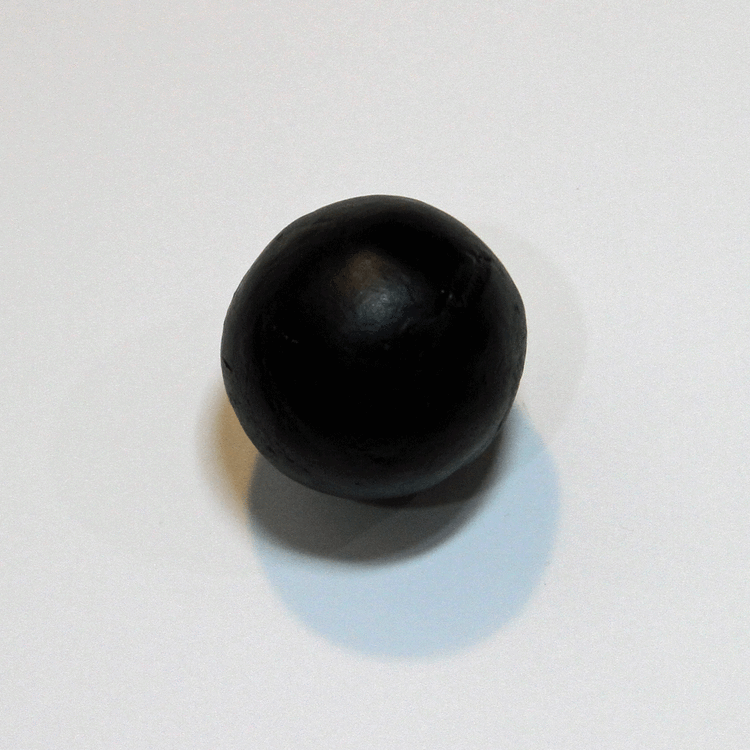
The Guttie, molded and manufactured from the sap of the Malaysian sapodilla tree, revolutionized the sport of Golf, making it more economical to play, accessible, and easier to learn while creating a renewed interest and singlehandedly transforming a game for tradespeople and elites into a sport for the masses. The Gutty became the ball of choice until the early 20th century.
The Haskell Coburn Haskell, an American engineer working at the Goodrich rubber plant in Ohio in 1899, invented and patented the Haskell ball. The sport’s first solid core ball was wrapped with rubber bands and covered with a layer of gutta-percha.
The great Bobby Jones described the development of the wound golf ball as “The single most important development in the history of Golf.”
The winding of the ball was soon automated and industrialized, and the Haskell bested the Gutty and replaced it as the preferred ball of choice. The Haskell ball, developed in 1902, spread to Great Britain in 1900 and would not be modified or changed dramatically for over fifty years until the surlyn-covered Spalding TopFlite was introduced in 1967.
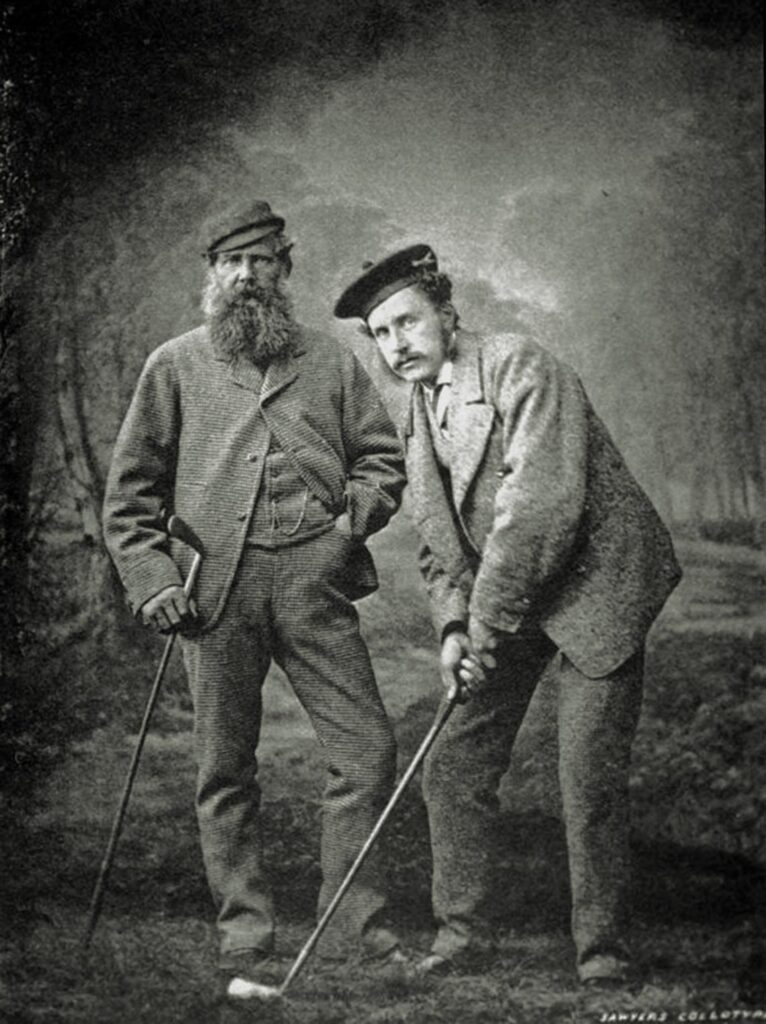
Modernizing the golf ball led to the development of modern-day golf courses. It increased the production of new equipment and iron forged golf clubs and singlehandedly metamorphosed a Scottish leisure pastime into a worldwide sport, creating a global phenomenon of participation and acceptance. A new epoch in sports was born.
The railroad, which began regular service from London to Edinburgh and Saint Andrews in 1852, brought tourism to Scotland and was the final catalyst in the transformation, commercialization, marketing, and selling of the sport of Golf.
Recognized as the acknowledged Home of Golf, Scotland has more links courses than anywhere else. The Fields of Edinburgh and its associated Golf Courses became the most visited tourist attractions in Europe.
Scotland’s gift of Golf to the world had conclusively emerged as a full-fledged business and recreational activity; arising from the kernels of its nascent and humble beginnings, the sport of Golf continued to mature, grow and expand exponentially worldwide, including to the United States.
The Golf Ball was the most transitional development in the evolution of the sport of Golf.
Listen here as I recount the five different balls and their place the histoy of the game
Podcast: Play in new window | Download

